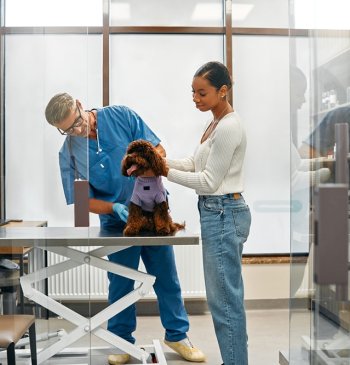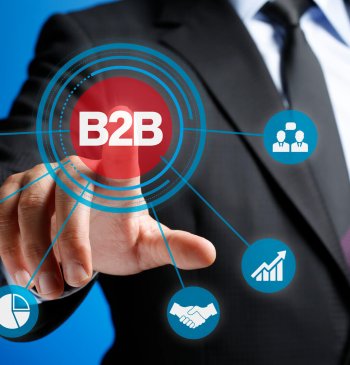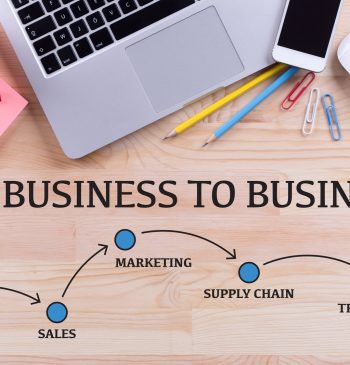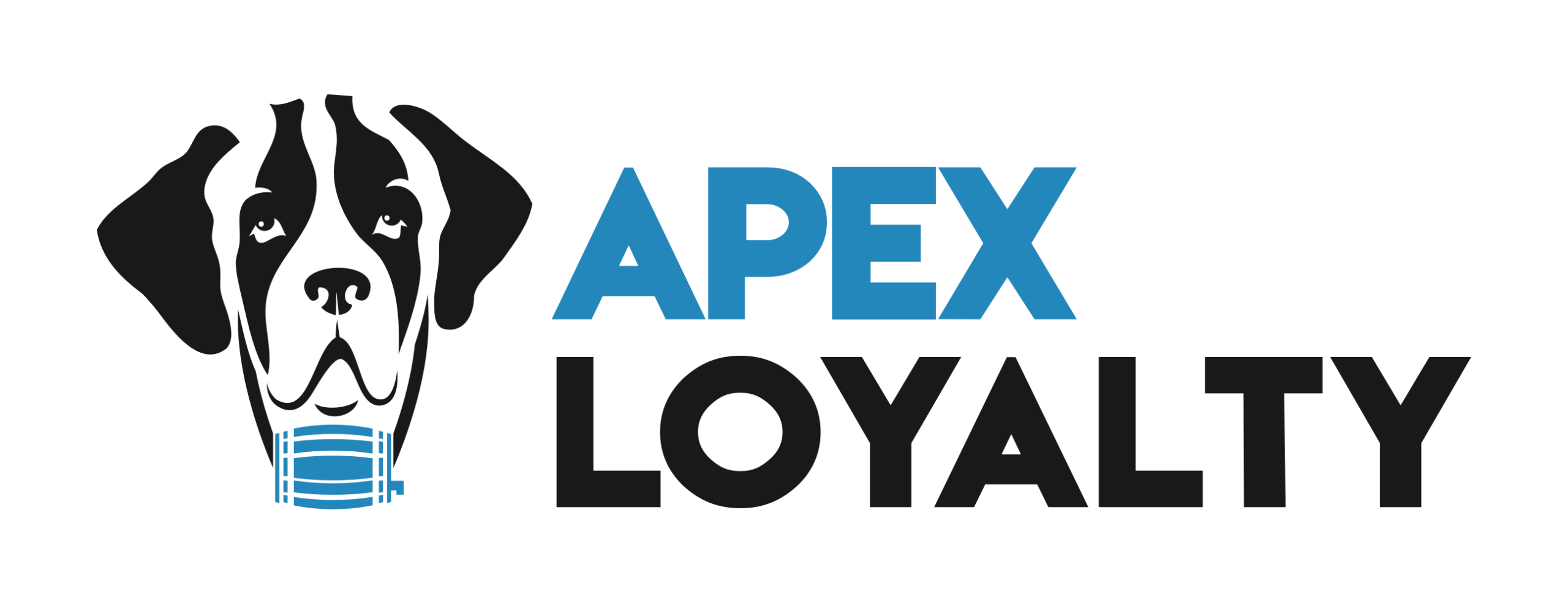Industries
How to Activate B2B Sales in Regulated Consumer Goods (Tobacco & Alcohol)
- By Apex Loyalty
03 Sep
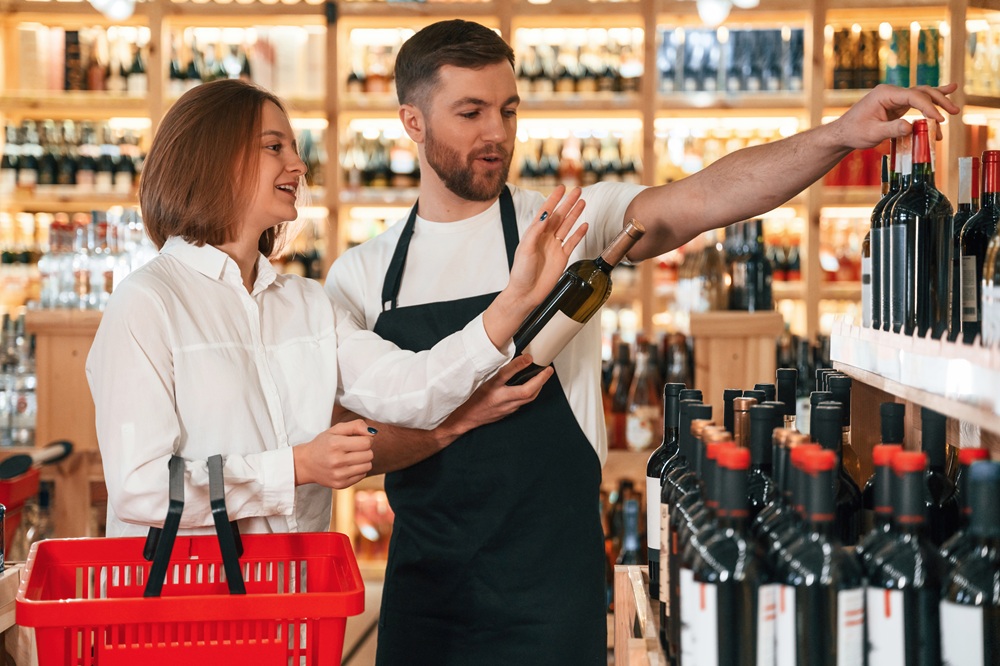
Regulated Consumer Goods Loyalty Program Design
The regulated consumer goods industry isn’t just about producing world-class products. It’s about ensuring those products are stocked, displayed, and promoted in the right venues. All while navigating strict advertising and compliance rules.
Yet, many brands run one-size-fits-all incentive programs across their channel and then wonder why sell-in and sell-out numbers stay flat.
Here’s the reality:
A licensed on-premise bar, a small convenience store, and a duty-free retail operator do not have the same motivation. If you’re rewarding them the same way, you’re leaving volume and visibility on the table.
Let’s talk about designing a program that works for your real channel or auditing your current loyalty program to see why it’s not delivering.
The Tobacco, Alcohol and Related Regulated Products
To design a loyalty program that works in alcohol, tobacco, or other regulated sectors, you first need to understand the market’s unique, fast-changing dynamics.
Key factors influencing program success:
- Strict marketing restrictions: Direct-to-consumer advertising is limited or banned. B2B loyalty programs become the main lever for influencing channel behavior.
- Compliance-first execution: Every campaign, visual, and activation must meet legal standards — making field verification critical.
- Closed-channel operations: Sales happen through licensed outlets, requiring tailored engagement by channel type.
- Brand activation at point of consumption: In on-premise venues, brand experience is often more important than price promotions.
- Multi-stakeholder complexity: Distributors, venue owners, venue staff, and internal teams all require different incentive models.
Once you understand these dynamics, the next step is to map your channel. That’s where the real design work begins.
Have You Really Mapped Your Channels in Tobacco?
Have you evaluated all of your channel types and identified where the first big wins will come from?
Or, if your primary goal is brand activation rather than volume, have you defined exactly how you’ll measure it from photo compliance to verified training completion?
The winning order is always:
- Objective → Define the business goal
- Behavior Design → Link actions to the goal
- Loyalty Mechanics → Build the right reward system
- Agreement → Get all stakeholders aligned
- Technology → Enable seamless execution
- Measurement → Track, learn, optimize
Whether you aim for sales growth or another outcome, a well-designed program will ultimately deliver more sales anyway.
Consider the sample channel structure below for tobacco, alcohol, or other regulated consumer goods industry and then let’s have a conversation about how to activate it if you’d like to.
Sample Channel Map in Tobacco, Alcohol and Other Regulated Consumer Goods
| Channel Type | Examples | Role | Why It Matters for Loyalty |
|---|---|---|---|
| Distributors (Regional) | Efes regional distributors, BAT area distributors | Supply to HoReCa and retail | Volume & penetration targets are critical. |
| HoReCa (On-Premise) | Bars, pubs, restaurants, hotels | Provide brand visibility during service | Direct consumer touchpoint for brand activation. |
| Convenience / Small Retail | Licensed convenience stores, corner shops | Main packaged product sales points | Stocking & display compliance must meet regulations. |
| Retail Chains | Large supermarket chains (where allowed) | Volume sales focus | Some countries restrict or ban chain sales. |
| Events & Special Venues | Concerts, festivals, sports venues | High on-the-spot consumption volume | Strict compliance checks are needed. |
| Duty-Free / Travel Retail | Airports, border stores | High-margin sales, global reach | International regulations apply. |
New to B2B loyalty? Here’s what exactly a channel is in B2B loyalty programs, the most important concept to master before designing your own program.
Internal Teams: Don’t Forget Your Own People
A B2B loyalty program isn’t just about the external channel. Internal alignment is equally critical. Especially in a regulated industry where you can not advertise properly.
If sales reps, trainers, and customer service teams aren’t working toward the same behaviors you’re incentivizing externally, your program will underperform.
Key Internal Teams to Engage:
| Team | Role in Loyalty Success | Engagement Approach |
|---|---|---|
| Field Sales | Direct channel partners to targets; ensure menu/display compliance | Volume & activation compliance incentives |
| Channel Managers | Drive strategy for specific channel types | Penetration & ROI-based KPIs |
| Trade Marketing | Design compliant campaigns | Measured by activation quality |
| Training/Activation Teams | Train venue staff on brand & service | Completion-based incentives |
| Customer Service | Resolve partner issues quickly | Satisfaction & response-time rewards |
Tip: Treat internal teams like a “channel” of their own, design their incentives to drive the same measurable outcomes.
Behavior Triggers: The Foundation of Loyalty Design
Before choosing rewards, define the exact behaviors that will lead to your business objectives.
Examples of Behavior Triggers:
| Objective | Behavior Trigger | Verification Method |
|---|---|---|
| Increase menu presence | Venue lists brand on menu | Photo verification |
| Ensure campaign compliance | POS displays activation materials | Field photo + approval |
| Hit target SKU volume | Distributor or retail sells-in target volume | Sales data integration |
| Complete compliance training | Venue staff or field team finishes module | Platform completion data |
| Execute new product launch | All channel partners participate in launch | Sell-in & photo verification |
Every trigger must be verifiable. This ensures rewards are tied to real impact, not just participation.
Reward Models: Matching Incentives to Behavior
Once behavior triggers are clear, the right reward model makes them stick.
Common Reward Models:
| Model Type | Best For | Example |
|---|---|---|
| Points-Based Outcome/Target-based | Sustained, multi-behavior engagement | Earn points for volume + compliance to redeem in catalog |
| Target-Based Bonus | Quick sales or penetration wins | Quarterly bonus for hitting volume target |
| Instant Activation Reward | Event or launch participation | “Activate now, earn reward instantly” |
| Training Rewards | Driving compliance knowledge | Complete compliance module for a bonus |
| Gamification | Venue visibility contests | Photo verification for menu/branding |
Mix and match models based on the complexity of your channel. One size never fits all.
Case Study: Efes Pilsen/AB InBev Loyalty Program
Challenge:
Efes Pilsen (part of AB InBev) needed to increase brand visibility, compliance, and volume across on-premise and off-premise channels — all within strict regulatory frameworks.
Approach:
- Mapped channel structure across distributors, HoReCa, convenience, events, and travel retail.
- Defined behavior triggers tied to both sales (volume, penetration) and compliance (display, training).
- Used a dual-layer incentive approach — rewarding both the business entity (venue, distributor) and individual staff members.
- Integrated real-time photo verification and sales data tracking to ensure rewards were linked to proven outcomes.
- Designed activation calendars aligned with seasonal demand and major events.
Results:
- +22% increase in verified menu placements in HoReCa venues.
- +15% lift in volume in targeted SKUs.
- 90% compliance rate in campaign execution across participating outlets.
- Stronger distributor relationships through shared activation ROI tracking.
Why It Worked
Because the program didn’t just incentivize sales — it aligned every stakeholder’s motivation, from the distributor to the bartender, and linked every reward to a measurable, compliant behavior.
Before You Start Designing Your B2B Loyalty Program
Don’t start with the reward catalog. Start with:
- Mapping your full channel ecosystem
- Defining your primary business objectives
- Linking desired behaviors directly to those objectives
- Getting alignment across sales, marketing, and compliance teams
Only then should you choose your reward models and enable them with the right technology.
Final Thoughts
In regulated consumer goods, loyalty programs succeed when they:
- Respect and leverage compliance as part of the incentive structure
- Reward specific, verified behaviors per channel type
Deliver measurable ROI for both sales and brand activation
Let’s design a loyalty program that delivers compliant, measurable growth or optimize the one you already have. Contact us!
Related Post
About Apex Loyalty
Resources
